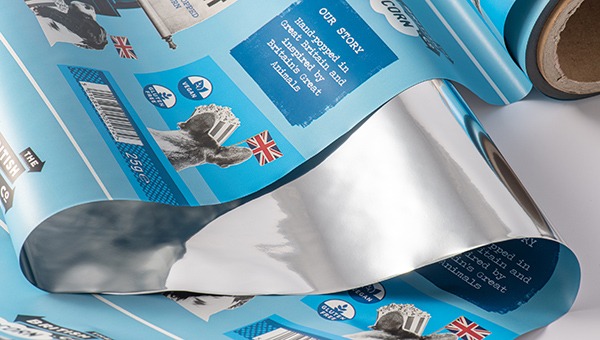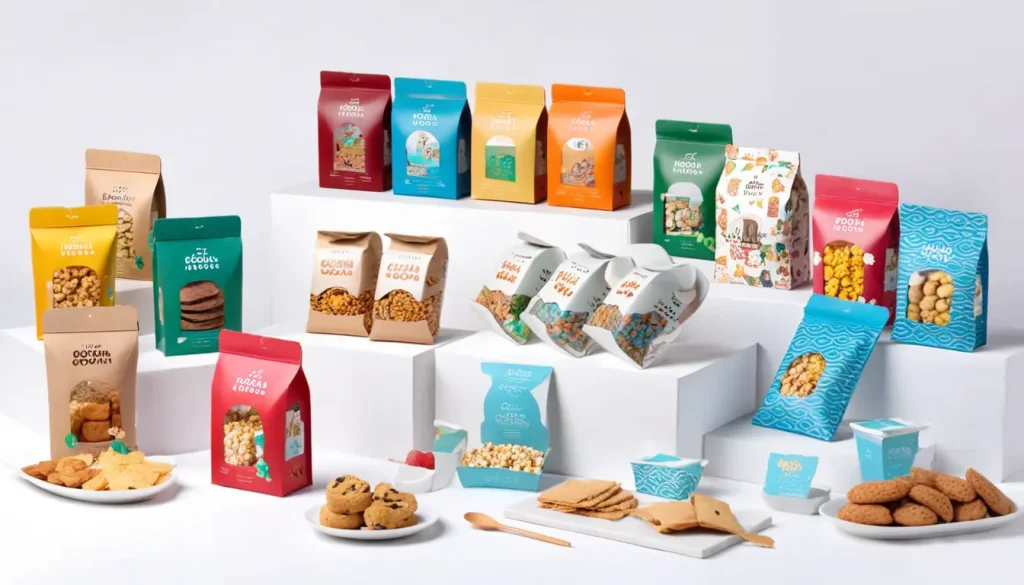In today’s world, ensuring that food products are safe for consumption is of utmost importance. This is not only a concern for health reasons but also a significant aspect of maintaining brand reputation. One critical area that addresses these concerns is food safe printing. By adopting the best practices in food safe printing, businesses can protect consumers and enhance their brand image.
For marketing professionals, understanding and implementing these practices is crucial. It not only ensures compliance with health regulations but also builds trust with consumers, leading to increased brand loyalty and market share. In this article, we will explore various aspects of food safe printing and how it contributes to the broader goal of food safety.

Understanding Food Safe Printing
Food safe printing refers to the use of printing materials and techniques that do not compromise the safety and quality of food packaging. This involves selecting the right inks, substrates, and printing processes that are free from harmful chemicals and contaminants.
The Importance of Food Safe Inks
Inks play a crucial role in food packaging. The right choice of ink ensures that there is no ink migration, which can contaminate the food products. Various types of inks are available, each with its unique properties and applications. Choosing the right ink not only ensures safety but also enhances the appearance of the packaging. You can learn more about inks in our guide on inks for food packaging.
Regulatory Standards and Compliance
Adhering to regulatory standards is essential in ensuring food safety. Different countries and regions have specific regulations regarding food packaging. Understanding these regulations and ensuring compliance is a critical step in implementing best practices in food safe printing. Compliance not only avoids legal issues but also boosts consumer confidence.
Materials Used in Food Safe Printing
Eco-Friendly Substrates
Choosing the right substrate is another essential aspect of food safe printing. Eco-friendly materials not only ensure safety but also appeal to the environmentally conscious consumer. This aspect aligns with the growing trend of sustainability in packaging.
Advanced Printing Technologies
Utilizing advanced printing technologies can significantly enhance the safety and quality of food packaging. Technologies like digital printing, offset printing, and flexographic printing offer various advantages, such as precision, efficiency, and cost-effectiveness.
Implementing Best Practices in Food Safe Printing
Training and Awareness
Ensuring that staff are well-trained and aware of the latest practices in food safe printing is crucial. Regular training sessions and workshops can keep the team updated on the latest trends and technologies.
Quality Control Measures
Implementing strict quality control measures ensures that all printing processes comply with safety standards. Regular inspections and audits can help identify potential issues before they become significant problems.
Collaborating with Trusted Suppliers
Working with reliable and trusted suppliers of printing materials can ensure that the materials used are of high quality and meet safety standards.
Impact of Food Safe Printing on Brand Reputation
Food safety is a significant factor that influences brand reputation. By adopting the best practices in food safe printing, companies can enhance their brand image, attract more customers, and increase profitability. For more insights, explore our article on food safety and brand reputation.
Future Trends in Food Safe Printing
Innovation in Printing Technologies
The future of food safe printing is promising, with continuous innovations in printing technologies. These advancements offer new opportunities to enhance safety, efficiency, and sustainability in food packaging.
Consumer Awareness and Demand
As consumers become more aware of food safety issues, the demand for safe and sustainable packaging is expected to grow. This trend will drive further innovation and adoption of best practices in food safe printing.
Conclusion
Adopting the best practices in food safe printing is essential for ensuring the safety and quality of food packaging. By doing so, businesses can protect consumers, comply with regulations, and enhance their brand reputation. Marketing professionals play a crucial role in implementing these practices, making them an integral part of the company’s success.

FAQs
What are food safe inks?
Food safe inks are specially formulated inks that do not contain harmful chemicals or substances that could contaminate food products. They are designed to prevent ink migration and ensure that packaging remains safe for consumers.
Why is compliance with regulations important in food safe printing?
Compliance with regulations is crucial because it ensures that the packaging meets safety standards, protecting consumers from potential health risks. It also avoids legal issues and enhances consumer trust in the brand.
How does food safe printing impact brand reputation?
Food safe printing positively impacts brand reputation by demonstrating a commitment to consumer safety and quality. It builds trust with consumers, leading to increased loyalty and market share.
For further reading, you can visit this blog on reducing ink migration.
This article contains affiliate links. We may earn a commission at no extra cost to you.






